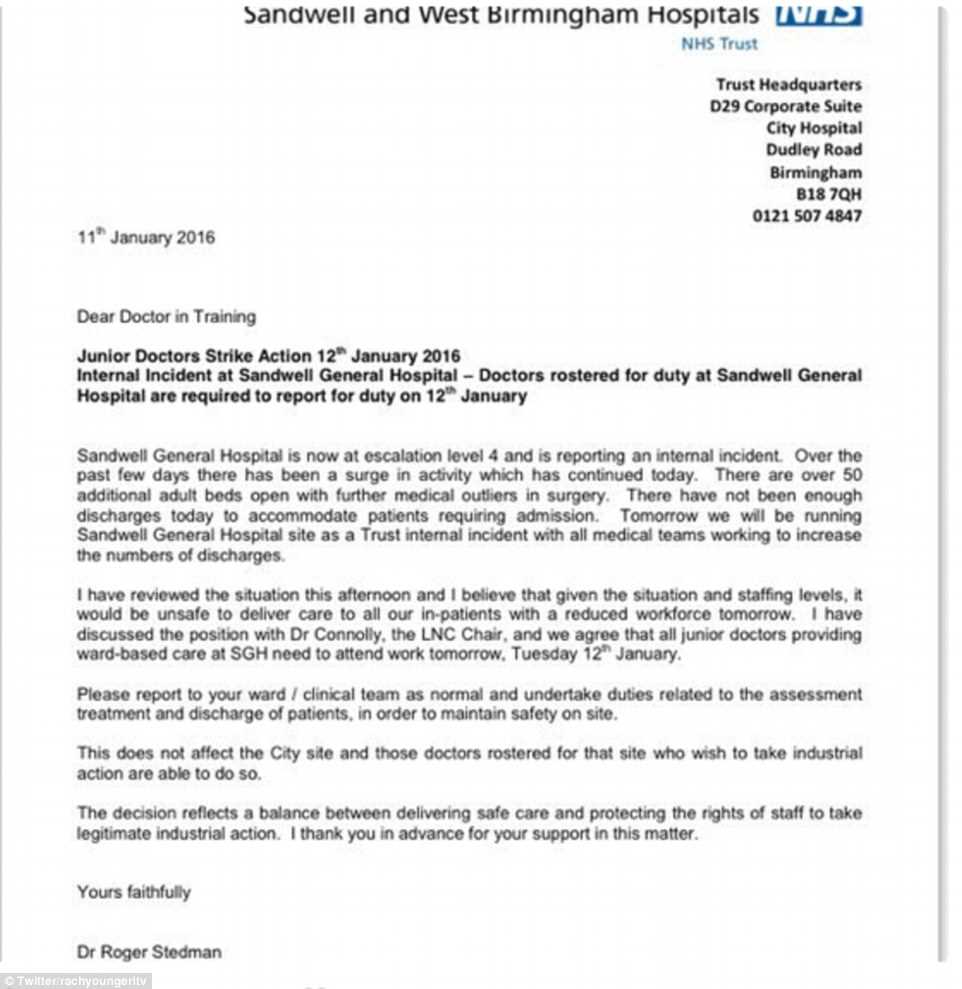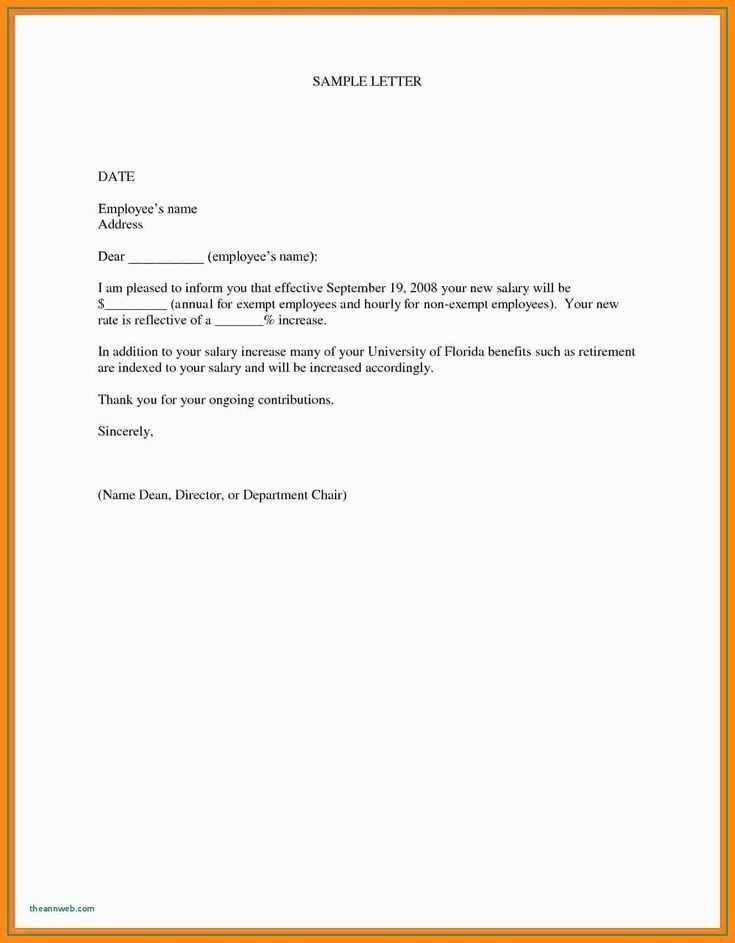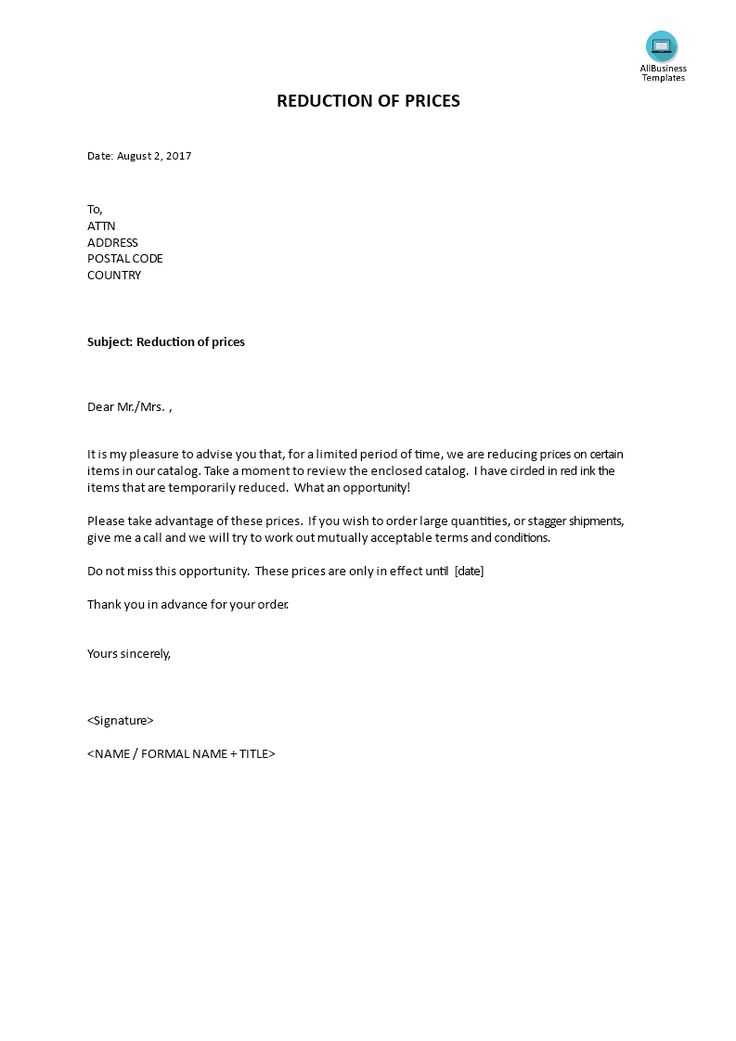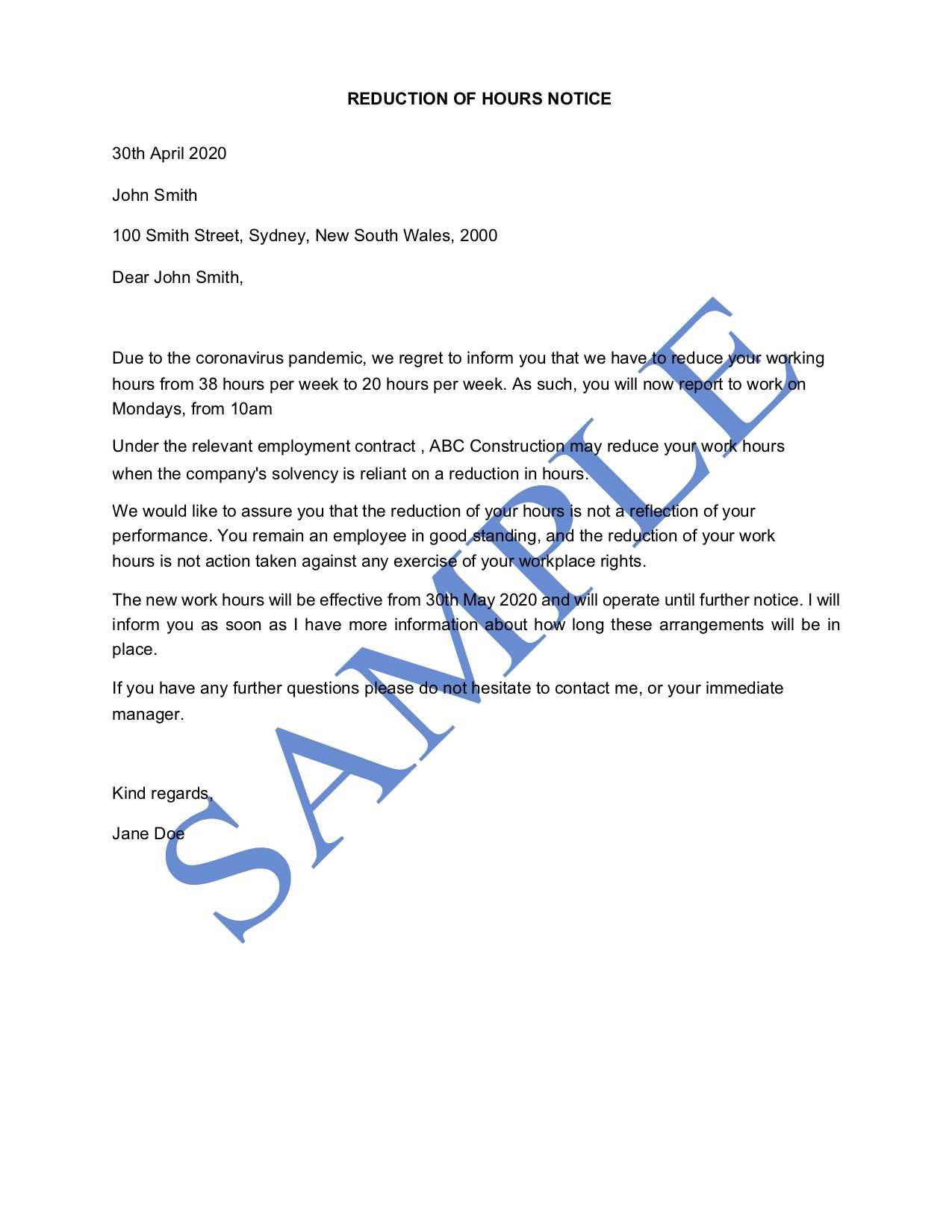Reduction in workforce letter template

Write a direct, clear letter when informing employees about workforce reductions. Make sure it is compassionate yet firm, keeping the message professional and respectful throughout.
The letter should start by outlining the reasons behind the decision. Avoid vague language and focus on specific business factors driving the reduction, such as economic challenges or restructuring. Be transparent, as this helps employees understand the necessity of the situation.
Follow up with details about the next steps for affected individuals. This includes the timeline, severance packages, and any support provided during the transition. Address any frequently asked questions up front to reduce confusion and anxiety.
End the letter by thanking employees for their contributions. Even if the circumstances are difficult, it’s important to acknowledge their hard work and dedication. This leaves the door open for positive future relations, both for the company and the departing staff members.
Here’s the revised version, removing redundant words while maintaining meaning:
When drafting a workforce reduction letter, clarity is key. Use straightforward language to convey the necessary information without over-explaining. Be concise and avoid repeating ideas, as this can confuse the recipient and lessen the impact of the message.
Key Recommendations
Focus on delivering the message with respect and transparency. A workforce reduction may be difficult for both employees and management, so it’s crucial to maintain a tone that is professional yet empathetic. Here’s an updated version of the message, free from word repetition:
| Before | After |
|---|---|
| “Due to financial constraints, we regretfully announce the reduction of staff, which will affect several employees. We deeply regret this decision and understand its impact on our team.” | “Due to financial constraints, we announce a necessary reduction in staff. We understand the impact on our team and regret this decision.” |
Notice how we removed redundancies such as “deeply regret” and “affect several employees” without changing the core message. The revised version is clearer and more direct.
Additional Tips
- Avoid using overly formal or complicated phrasing that could complicate the message.
- Ensure that you include support options for the affected employees, such as severance packages or job placement assistance.
- Keep the tone positive and forward-looking, even when delivering bad news.
Applying these changes will make your letter more effective, allowing the recipient to better understand and process the situation.
- Workforce Reduction Letter Template
To ensure a respectful and professional communication during a workforce reduction, follow this template to convey the necessary information clearly and compassionately.
Key Elements of the Letter
- Introduction: Start by addressing the employee by name and directly stating the purpose of the letter.
- Reason for Reduction: Briefly explain the rationale behind the decision, such as business restructuring, economic challenges, or other company-wide changes.
- Details of the Change: Specify the timeline and what the employee can expect next. Include important dates and any transition periods.
- Support and Assistance: Offer support, such as severance packages, outplacement services, or any other benefits that may assist the employee in this transition.
- Closing: End the letter on a positive note, expressing appreciation for the employee’s contributions and wishing them well in their future endeavors.
Example Template

Dear [Employee Name],
We regret to inform you that due to [brief explanation of reason for workforce reduction], your position as [Job Title] will be eliminated as of [date]. This decision was not made lightly, and we understand its impact on you.
We are committed to making this transition as smooth as possible. You will receive [details of severance package, outplacement services, or other support]. Please contact [HR representative’s name] at [contact details] to discuss your benefits and next steps.
We greatly appreciate your hard work and dedication during your time with us. We wish you the best in all your future endeavors.
Sincerely,
[Your Name]
[Your Job Title]
[Company Name]
Use a respectful and clear tone when addressing employees in a reduction letter. Acknowledge their contribution and express gratitude for their work to maintain a positive relationship. It’s crucial to be transparent about the reason for the reduction while offering support throughout the process. Open communication helps to ease the situation and shows care for their well-being.
Personalize the Message
Whenever possible, personalize the letter with the employee’s name and specific role. This shows that the decision was made thoughtfully and acknowledges their individual impact. A generic approach may come across as impersonal and could increase feelings of uncertainty.
Use a Professional but Compassionate Tone
Ensure your language is professional, yet empathetic. Use clear language to explain the situation, and avoid jargon that might confuse or alienate employees. A direct but understanding approach builds trust, which is crucial during such transitions.
Include these key components when drafting a workforce reduction notice to ensure clarity and compliance with regulations:
- Notification Date: Clearly state the date the notice is issued. This sets the timeline for the reduction process.
- Reason for Reduction: Specify the reason behind the workforce reduction, such as financial constraints, company restructuring, or downsizing. Keep the explanation factual and transparent.
- Impacted Employees: List the employees affected, including their roles, departments, and specific work duties. This helps employees understand how they are impacted.
- Severance and Benefits: Outline any severance packages or benefits provided to the affected employees, such as continuation of health insurance, retirement contributions, or outplacement services.
- Last Working Day: Clearly state the last day of employment for those being laid off. Provide enough notice to allow employees to prepare accordingly.
- Transition Support: Offer information about any support programs available, such as job placement assistance or career counseling. This shows the company’s commitment to helping affected employees move forward.
- Contact Information: Provide a contact person for further questions. This gives employees a point of reference for clarifications.
- Legal Rights and Recourse: Remind employees of their rights during this process, including any legal avenues for dispute resolution, if applicable.
Before drafting a layoff letter, ensure it complies with applicable labor laws to avoid potential legal issues. First, verify that the layoff is not discriminatory based on race, gender, age, or any other protected characteristic under employment law. A layoff letter should be neutral and not imply that the termination is related to any personal traits.
Check the terms of the employee’s contract or union agreements for any severance pay or notice requirements. Failing to adhere to these terms could lead to legal claims. The letter must include details on the employee’s rights regarding severance, unemployment benefits, and any post-layoff options available to them.
Ensure that the letter clearly states the reason for the layoff, such as financial difficulties or restructuring. This prevents ambiguity and minimizes potential disputes. The letter should also outline the timeline for the layoff process and any expected return-to-work policies if applicable.
Consult with legal counsel to review the content of the layoff letter, especially if the decision affects a large group of employees. In some jurisdictions, mass layoffs require additional documentation or notification to government authorities. A well-structured layoff letter, combined with proper legal procedures, will help avoid complications and ensure a smoother process for both the employer and the employee.
In any workforce reduction communication, clarity and respect are paramount. Use a direct and honest tone without sounding overly formal or detached. It’s crucial to convey empathy, acknowledging the difficulty of the situation while keeping the language neutral and professional.
Be Clear and Transparent
Start with clear information about the situation. Avoid ambiguous language that may lead to confusion or assumptions. Be straightforward about the reasons behind the decision and its impact on the affected employees. Clear, factual explanations build trust and help employees process the information more effectively.
Maintain Respectful and Supportive Language
Recognize the personal nature of workforce reductions. While remaining professional, show empathy for those affected. Phrases like “we understand this is a challenging time” can provide comfort without undermining the seriousness of the decision. Offering support options, such as outplacement services, shows commitment to employees’ well-being beyond the separation.
Avoid blame, negative language, or making personal judgments. Stick to the facts and focus on the business decisions that led to the reduction. Maintaining a supportive tone while being honest fosters understanding and respect during difficult conversations.
Offer clear communication about available resources as soon as the reduction decision is made. Provide affected employees with access to career counseling services, job placement assistance, and resume-building workshops. This support will help ease their transition and ensure they have the necessary tools to secure new opportunities.
Financial Assistance and Severance Packages
Ensure that employees are aware of any financial assistance options, including severance packages, extended healthcare benefits, or unemployment support. Clearly outline the details and timing of these resources to avoid confusion. Transparency here fosters trust and reduces anxiety during a challenging period.
Emotional Support and Wellbeing Resources
Provide access to counseling services and support groups to help staff cope with emotional challenges. Partner with employee assistance programs (EAPs) to offer confidential support. Encouraging emotional well-being helps maintain morale and ensures that employees feel supported beyond the professional aspect of their separation.
Regularly check in with affected staff to address concerns and update them on any changes or new resources. By offering direct assistance and demonstrating genuine care, the organization can make a challenging transition smoother for all involved.
Clearly outline the severance package and benefits to avoid confusion. Start by specifying the exact severance amount the employee will receive, including any compensation for unused vacation or sick days, if applicable. Mention the duration of the severance pay, as well as the method of payment–whether it will be a lump sum or paid over a period of time.
Severance Pay Details
State the gross severance amount clearly and ensure the employee understands if taxes will be deducted from this payment. Clarify whether the severance is based on tenure or a fixed amount, and if any adjustments may apply based on company policy. Also, indicate whether the severance is contingent on the employee signing a release agreement.
Benefits After Termination
Detail any benefits the employee is entitled to post-termination, such as health insurance continuation (COBRA), retirement plans, or any other company-provided benefits. Include specific dates when benefits will expire or continue, and if the employee needs to take any actions to keep these benefits active. Provide contact information for the employee to reach out with any questions about continuing their benefits.
Ensure the tone is respectful and empathetic, offering assistance in transitioning, such as providing outplacement services or references if applicable. This helps in keeping the process professional and supportive.
Rewriting Sections to Avoid Redundancy While Retaining Meaning

When revising sections to reduce repetition, focus on rephrasing key points clearly. Avoid unnecessary words and condense sentences while preserving the original intent. For example, replace redundant phrases with more concise alternatives.
Tips for Rewriting Effectively

First, identify repetitive elements that don’t add value. Instead of repeating similar ideas, try combining them into a single clear statement. Use synonyms and vary sentence structure to maintain interest without altering the message. For example, instead of repeating “we will improve” in multiple places, describe the improvements in different ways, such as “implement changes” or “enhance our processes.” This keeps the content fresh and impactful.
Maintain Focus on Key Ideas
After simplifying the text, ensure that the core message remains intact. Don’t strip away details that are necessary for understanding the topic. A clear, direct approach will make the text more engaging and easier to follow.